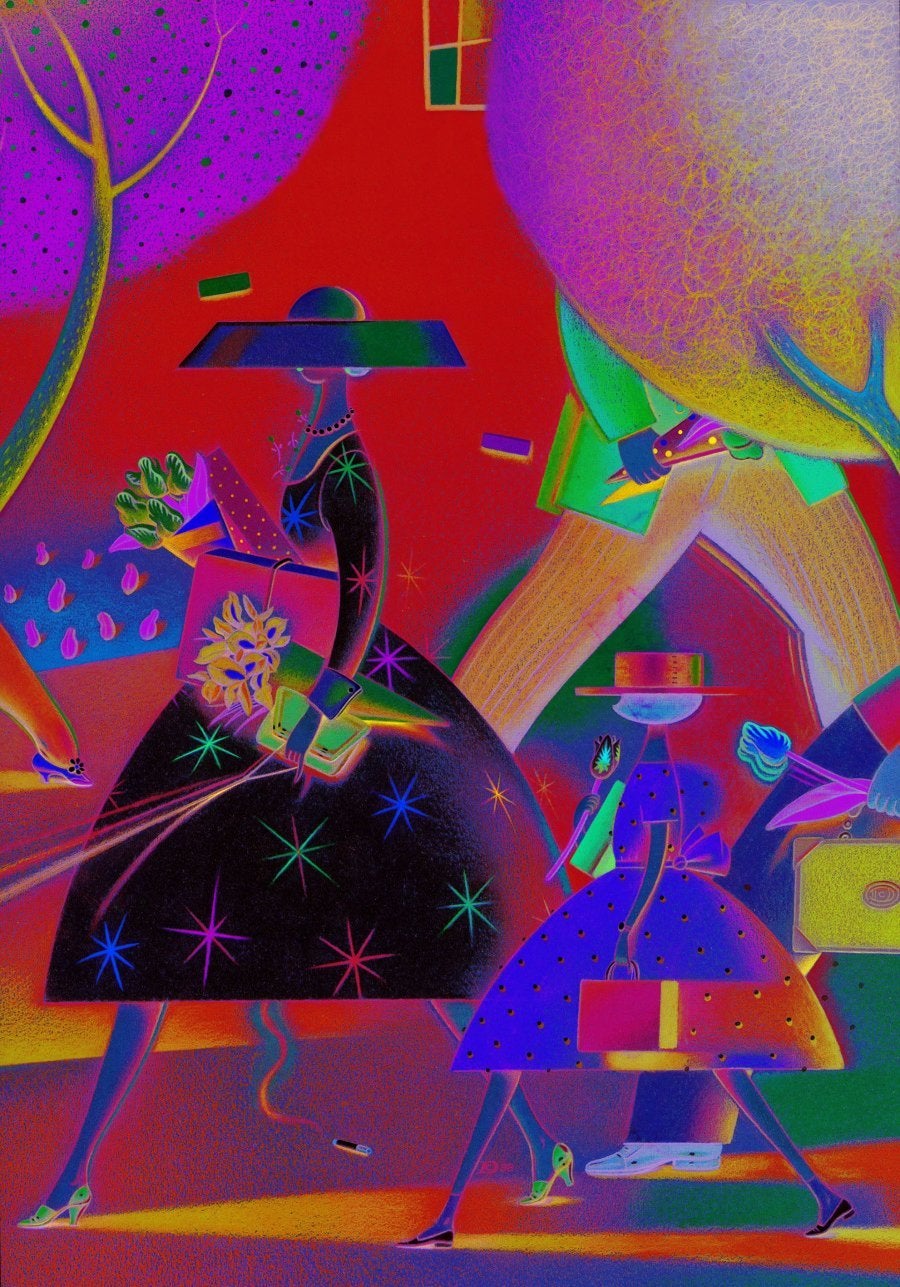It was artist Paul Klee who said, "A drawing is simply a line going for a walk." His quote aptly captures the simplicity of sketching -- an art form so beautifully uncomplicated it requires only a piece of paper and a writing utensil. You don't have to be a successful early 20th century painter to excel at the technique. Anyone's wandering imagination will do just fine.
France Belleville-Van Stone's Sketch! The Non-Artist's Guide to Inspiration, Technique, and Drawing Daily Life is a book that -- quite literally -- illustrates Klee's ideals. The short tome, published by Penguin Random House and stuffed to the brim with original sketches, is the motivational book every aspiring creative needs. Written by a self-taught, or "untaught," artist, it serves as a guide for readers who want to make drawing a daily part of their lives -- even if they don't have years of art school behind them.
The book goes on sale on November 4, but we have a preview of the publication below. Behold, 11 tips for finally starting your own sketchbook.
1. Experiment with supplies.
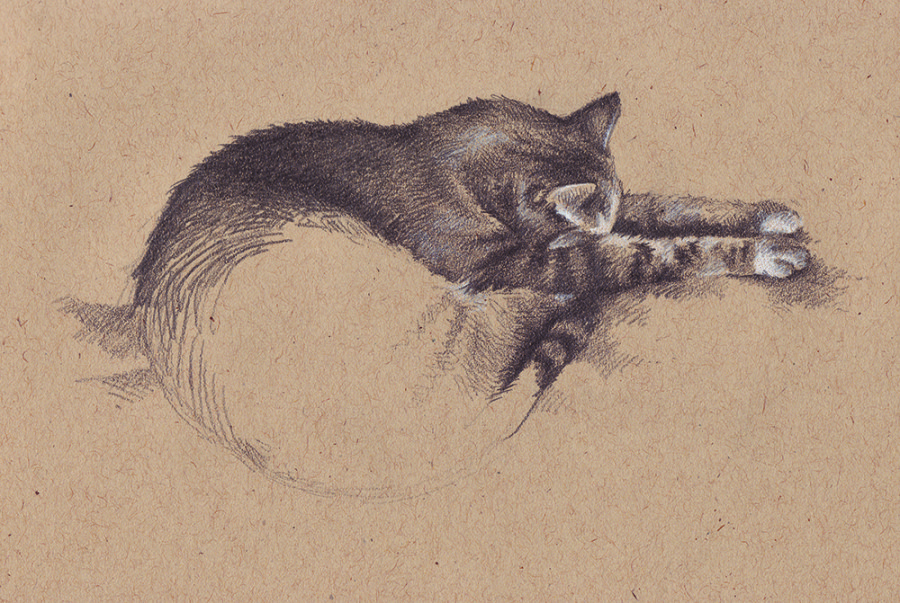
Supplies vary from store to store -- and while an extensive knowledge of pens and papers can be useful, you don't need to be an art major to find which tools work for you. Just be open to experimenting within your budget. Belleville-Van Stone uses Pilot Precise pens (V5 and V7) and Pigma Microns, 2B pencils, and anything from a Moleskine journal to a Stillman & Birn Gamma series sketchbook. Need something for erasing? Paper Mate Tuff Stuff is "a clever little eraser."
2. Embrace randomness.
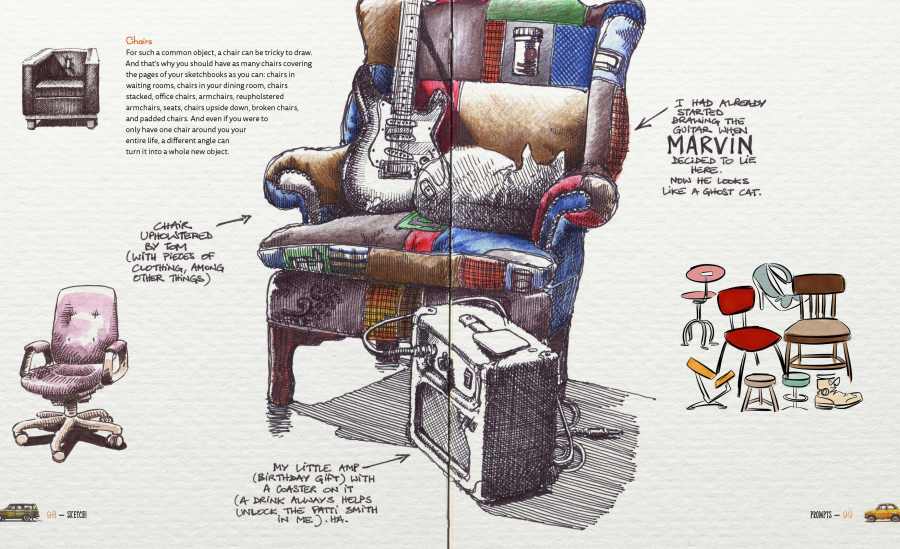
Sometimes, supplies found at random work too. "I never want to turn drawing into a ceremony; therefore, anything close at hand is potentially good. This is how a lot of my drawings end up on envelopes, packages, photocopy paper or folders. This deliberate randomness forces me to explore other surfaces and accept the challenge of size."
3. Keep in mind -- portability is key.
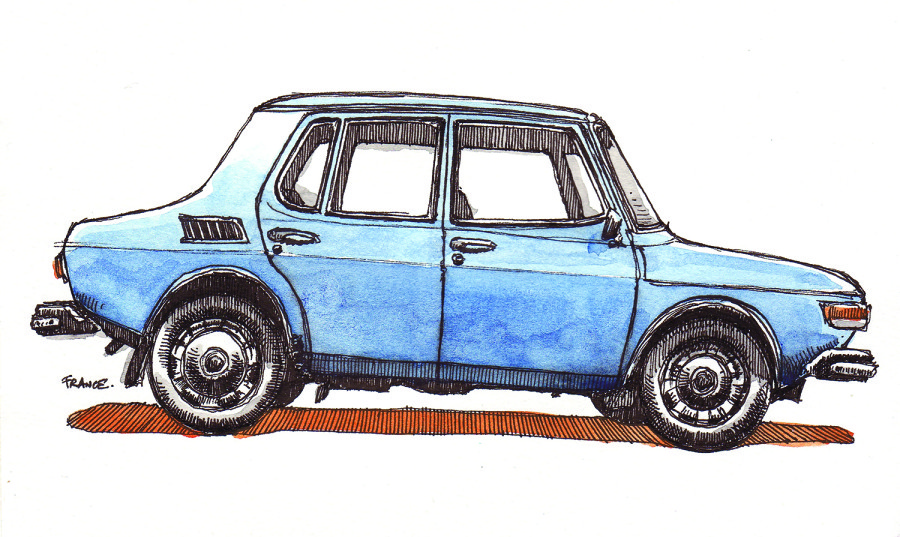
At the end of the day, the most important thing to keep in mind is that in order to make drawing a habit, you have to be able to carry your supplies on your person. What type of bag do you carry on a regular basis? Can you fit a sketchbook and pencil case in it? Maybe you have more space and can stuff some clorox wipes, a clipboard and your watercolor pigments too. Just be realistic, because the goal is to be consistent.
4. Don't be afraid of a little color.

Pro tip: The Pentel Aqua Brush is a portable brush that allows you to add watercolors on the go. It stores enough water for days and works well with pocket pigments. Of course, there's always colored pencils and markers too.
5. Loosen up by doodling.

When you're ready to tackle that first blank page, remember -- it's important to loosen up. Belleville-Van Stone suggests doodling, a practice that's good for the hand and the mind. For example, try sketching in a continuous line taking random 90-degree turns without lifting your pen. Draw familiar patterns. Call a friend and sketch the random objects that come up in conversation. Even better -- try blind contour (drawing an object without taking your eyes off of it; meaning -- don't peek at the paper).
6. All you need is a few minutes.
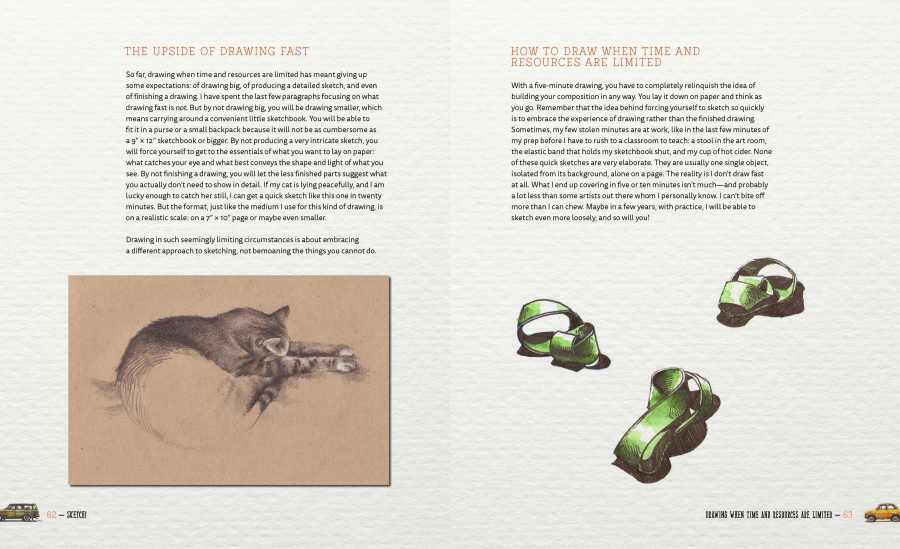
Have only a few minutes to spare? No worries. Turn your time constraint into an exercise and see how fast you can sketch an image into being. If you can improvise a seat (or sketch standing up), you can draw anywhere. Try scheduling 10-minute sketch periods when you need a break.
7. Redefine completion.

Know that the completion of a drawing is a personal decision. So if you're crunched for time or tools, turn completion into an "elastic concept."
"Relinquish the concept of the finished product and draw for the sake of a few lines."
8. Consider going digital.

Don't think of the tablet as a substitute for paper. Think of it as an entirely different medium. If David Hockney can embrace the technological and artist possibilities of a stylus or fingertip, so can you. Bonus: There's the power to undo a stroke, which doesn't happen in a Moleskine.
9. Discover apps on apps on apps.
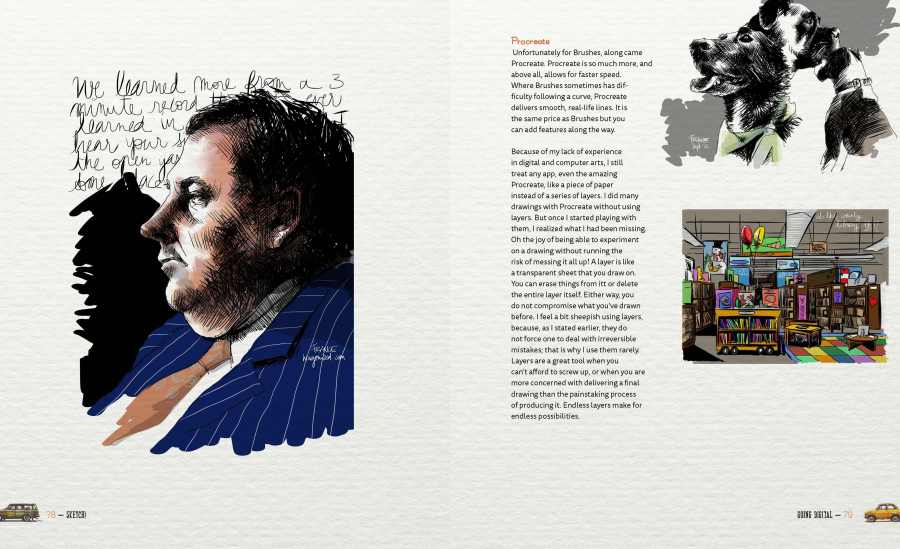
For the tablet and smartphone savvy, Belleville-Van Stone suggests Procreate over Brushes, Paper by FiftyThree for simplicity, and a number of styluses from Targus to a Wacom Bamboo. We have our own list here.
10. Experiment with prompts.

Sometimes all you need to overcome creative block is a specific prompt. An easy one: drawing the alphabet. This particular exercise can last for more than one session, as you pick back up in the ABCs where you left off each time you open your sketchbook.
11. Ultimately understand that the process of drawing -- not just the resulting drawing -- brings fulfillment.

Drawing doesn't have to be sacred, according to Belleville-Van Stone. The author encourages beginners to stop feeling pressure to create an image; rather, focus on the drawing part of drawing. Don't let the concept of failed sketches stop you from losing yourself in the moments of creating -- a period of activity that can be not only relaxing but meaningful all in its own.
Sketch! The Non-Artist's Guide to Inspiration, Technique, and Drawing Daily Life is available here. All photos courtesy of Penguin Random House.
